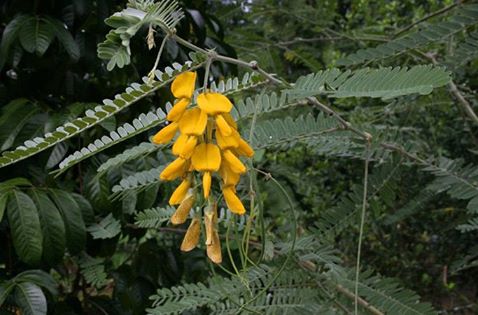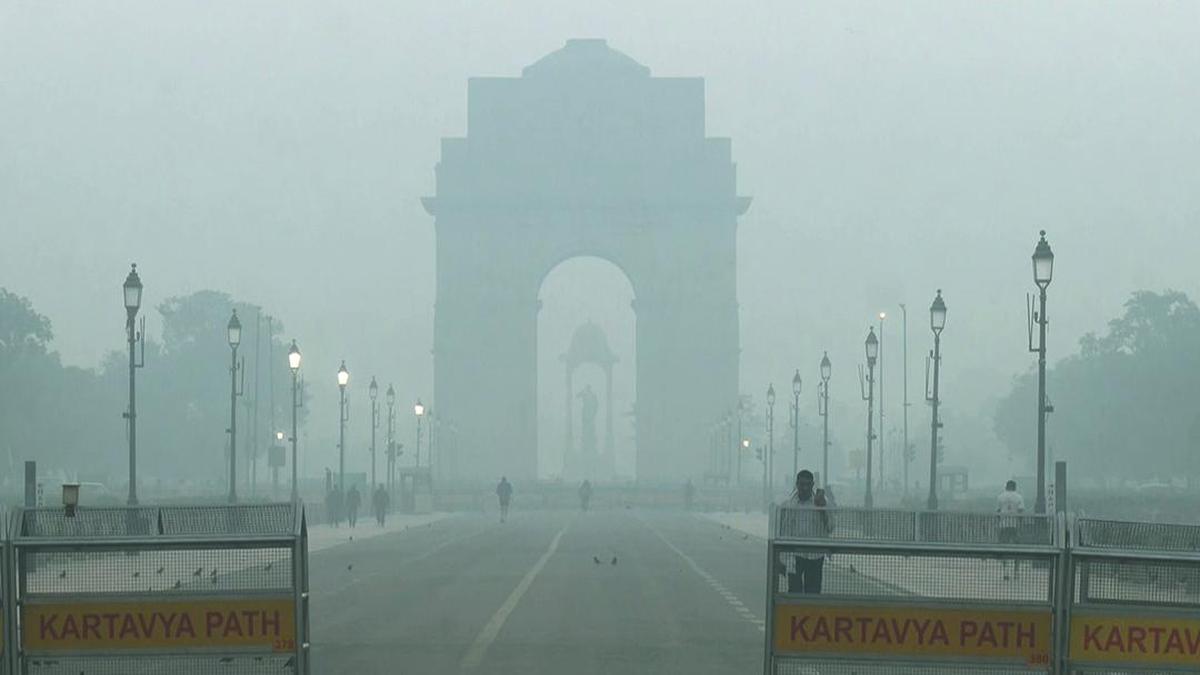Views
14

“Sesbania is a fast-growing tree native to tropical areas of South-east Asia.
It can grow to around 15 feet in height and also called the hummingbird tree. It is planted widely as it adds organic matter to desert and other soils. During the breakdown of organic matter by microorganisms, compounds are formed that are resistant to decomposition – such as gums, waxes and resins. These compounds help bind together soil particles as granules or aggregates. A well-aggregated soil tills easily, is well aerated and has a high water infiltration rate. Vegetable growers can achieve higher yields, pest suppression and reduced soil erosion.
The nitrogen it captures from the atmosphere is around 45 feet or 100 pounds per acre. It is a popular tree planted among rice paddies, roads and gardens.
This tree is planted at our project in Sariska Tiger Reserve in Rajasthan.
”
Subscribe to our newsletter and recieve a selection of our cool articles every week.

When Mumbai’s Morning Haze No Longer Feels Like Home
Mumbai Weather Update: AQI Turns Severe as Thick Haze Persists, Free Press Journal (FPJ).
Nov 24, 2025

Delhi Is Gasping Again, And This Time, Even the Clouds Refused to Help
Delhi is choking again. AQI levels have slipped into the ‘severe’ zone, cloud seeding failed, and emergency measures barely make a dent. Because the city doesn’t need one-off fixes, it needs long-term healing. Trees remain the simplest, most effective answer. They absorb carbon, trap dust, cool the air, and act as natural lungs. If Delhi wants cleaner winters, it needs more green cover, not just temporary interventions. Clouds may not cooperate, but trees always will.
Nov 17, 2025
Copyrights @ 2025 All rights reserved by Pangea EcoNetAssets Pvt Ltd.